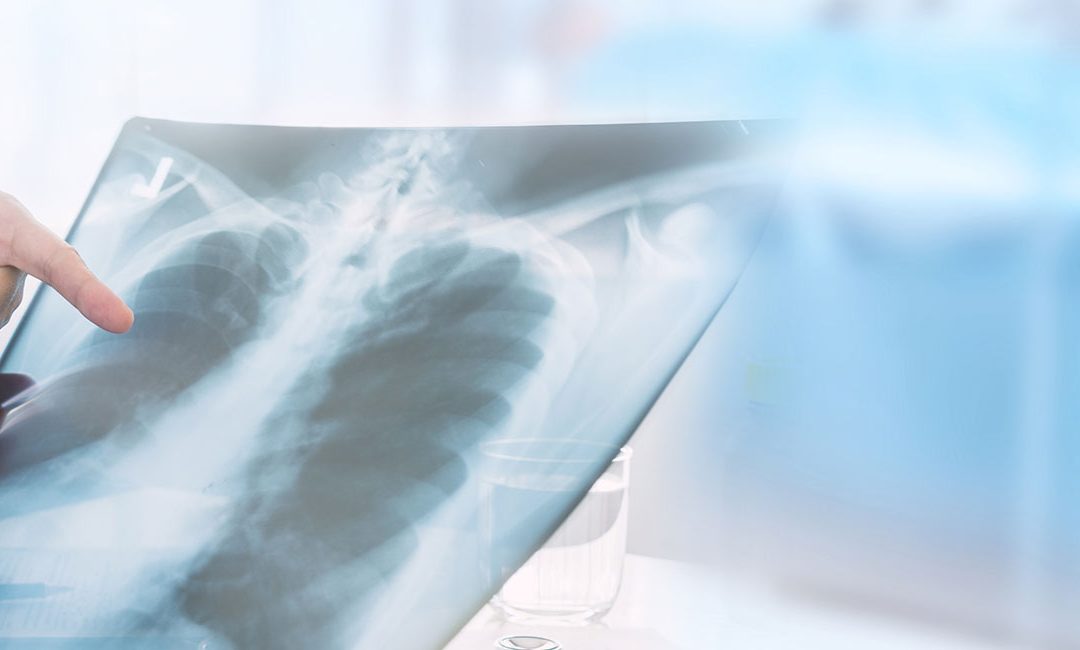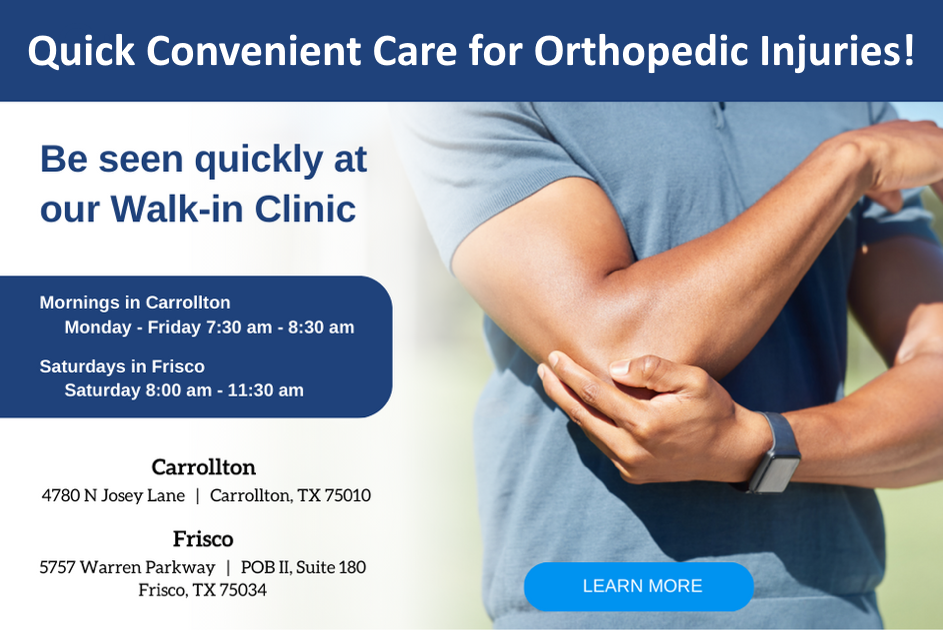Adolescent Scoliosis is a common form of Scoliosis affecting children between the age group of 9 and 15 years. In this condition, the bones of the spine rotate in such a manner that it appears like the letter ‘C’ or ‘S’ instead of a straight line. It generally affects the thoracic spine (upper or middle parts) but can also occur in the lumbar spine (lower). Adolescent Scoliosis can have physiological, aesthetic as well as long- term health problems if the degree of curve increases over the time.
Causes
- The exact cause for the onset of Adolescent Scoliosis is usually not known and, therefore, it is also referred to as Adolescent Idiopathic Scoliosis.
- Family hereditary is believed to be a major cause of this deformity.
- Poor nutrition in the formative years, hormonal changes at the onset of puberty, disorders of the central nervous system, bad posture etc. are some of the factors that may lead to or aggravate the condition.
Symptoms
- Protruding ribs on either side
- One hip is more prominent or raised higher than the other
- Prominent tilting of one shoulder
- Uneven waistline
- Improper gait
- Visible hump at the back near the ribs while bending
- One arm appears to be longer than the other
Diagnosis
- A physical examination such as the standard
- Adam’s Forward Bend Test may be conducted by the orthopedic doctor to identify apparent signs of Scoliosis.
- X-ray or MRI may be conducted to view the imaging of the posterior, anterior and lateral positions of the spine. It also helps to assess and measure the discrepancy in the limb length.
Treatment
The method of treatment adopted by the spine specialist largely depends on the severity and location of the curve. The age of the child further determines the chances of progression of the deformity. The following treatment methods may be suggested for Adolescent Scoliosis:
- If the child is almost grown up and has less than 25 degree curve, he/she may be simply put under regular observation to rule out the progression of Scoliosis.
- If the curve is between 25-45 degrees, wearing a brace to prevent further deterioration may be recommended till the child is fully grown.
- Surgical intervention to realign the vertebra may be suggested when the curve is more than 45 degrees and bracing is not effective.
- Metal rods, screws and wires may be used to hold the bones in place until they fuse into a single bone and are completely healed.
We, at OrthoTexas, provide comprehensive treatment for Adolescent Scoliosis.


